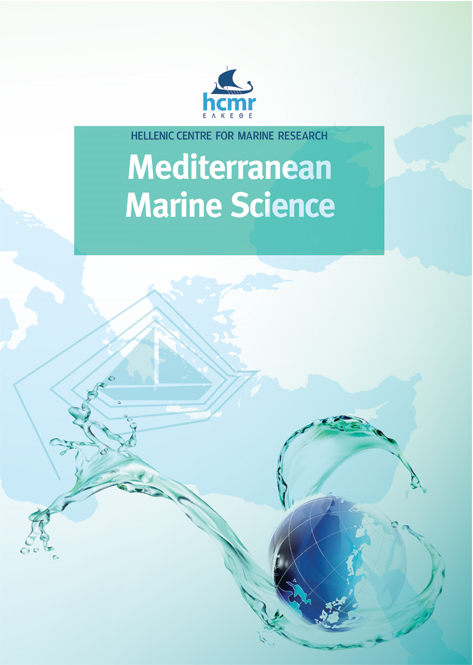Consumption of pelagic tunicates by cetaceans calves in the Mediterranean Sea
Περίληψη
Gelatinous zooplankton, including jellyfish, ctenophores and pelagic tunicates, constitutes fragile marine animals that live in the water column, and represent an important resource for marine food webs through their seasonal pulses. Although there is scarce evidence on the occurrence of gelatinous zooplankton in stomach contents of apex, endothermic predators such as cetaceans, the ecological significance of such observations requires consideration. In this study, we report on the occurrence of pelagic tunicates in the stomach of three individual calves of two cetacean species from the western Mediterranean, and collate all previous reports of gelatinous zooplankton in cetacean diets. We then briefly discuss the possible dietary significance of these observations.
Λεπτομέρειες άρθρου
- Πώς να δημιουργήσετε Αναφορές
-
FRAIJA-FERNÁNDEZ, N., RAMOS-ESPLÁ, A. A., RADUÁN, M. ÁNGELES, BLANCO, C., RAGA, J. A., & AZNAR, F. J. (2018). Consumption of pelagic tunicates by cetaceans calves in the Mediterranean Sea. Mediterranean Marine Science, 19(2), 383–387. https://doi.org/10.12681/mms.15890
- Τεύχος
- Τόμ. 19 Αρ. 2 (2018)
- Ενότητα
- Short Communication
Authors who publish with this journal agree to the following terms:
- Authors retain copyright and grant the journal right of first publication with the work simultaneously licensed under a Creative Commons Attribution Non-Commercial License that allows others to share the work with an acknowledgement of the work's authorship and initial publication in this journal.
- Authors are able to enter into separate, additional contractual arrangements for the non-exclusive distribution of the journal's published version of the work (e.g. post it to an institutional repository or publish it in a book), with an acknowledgement of its initial publication in this journal.
- Authors are permitted and encouraged to post their work online (preferably in institutional repositories or on their website) prior to and during the submission process, as it can lead to productive exchanges, as well as earlier and greater citation of published work (See The Effect of Open Access).






